Four Quilt Battings to Match Your Projects
Nowadays, there is such a wide variety of quilt battings available that it may be a challenge to select the right one. Things to consider are fiber composition and thickness (or loft). While we could write a whole book on battings and their uses, this article aims for a simple start: 4 batting types and thicknesses to help you get started:
- Low loft cotton batting (e.g. Warm & Natural) – very common batting type for quilts
- Hi-loft polyester–good for home dec projects and where extra puffiness (loft) is needed
- Soft and Stable (byAnnie)–great for tote bags and craft projects
- Quilter’s Flannel: ideal for projects like table runners and art quilts where flatness is desirable.
Now that we have our battings, let’s look at how to stitch with them.
- The following information assumes that basic quilting cotton is used as the fabric.
- Also, our focus here is on stitching with the feed dog and not with free-motion quilting. That’s another topic on its own!
- A quilting 90 needle was used in all samples.
- On average, using a basting spray helps keep the layers together while you handle them, and also while stitching them.
When stitching a 3-layer sandwich (e.g. quilt sandwich), we have two basic options: using dual feed or a walking foot.
BERNINA Dual Feed is wonderfully convenient for smaller and thinner projects, while the BERNINA Walking Foot excels on all thicknesses and becomes necessary on larger and heavier projects. Either way, on any BERNINA from the new 5 Series and up, you have both options available. If you’re unsure which one to use, test on a small sample first.
For more information about the use of Dual Feed vs. Walking foot, read the following article here on WeAllSew.
Low Loft Cotton Batting
This batting type is popular for two reasons: it has just enough loft to produce the quilted (slight puffiness) effect, and it remains relatively flat and easy to feed through evenly.
On smaller projects you can rely on BERNINA Dual Feed. (Think pot holders.)
On larger projects, the walking foot will guarantee even stitches and best feeding of the layers together, especially when it comes to stitching down a binding.
Suggested stitch length: 3 mm.
Hi-Loft Polyester Batting
This type of batting can be challenging as it is thick and squishy. It has a tendency to lean forward as it is flattened by the presser foot. This can lead to pinched tucks when crossing seam lines.
This type of batting calls for the walking foot every time. To better control the loft and have it evenly distributed in the seams (e.g. to avoid pinching at cross seams), use both hands on each side of the walking foot, fingers fanned out, and press down and slightly outward (away from the foot). This will help contain the loft and produce even seams.
Suggested stitch length: 4 mm (higher loft calls for a longer stitch)
By Annie’s Soft and Stable (byAnnie)
While not a traditional batting, this middle layer is wonderful in making tote bags and craft projects. It resembles a foam layer, bonded on both sides with a knit type fabric. It is soft and pliable, and yet it helps a bag stand up and open, lending body to the project. It is very easy to handle and stays put as the middle layer.
Due to the loft, it is best to use the walking foot to prevent the top layer from warping away from the Soft and Stable.
Suggested stitch length: 3.5 mm for bags and projects that will wear hard, 4 mm for flat project that will not be handled as much
Quilter’s Flannel
This is essentially a low-density flannel that is used as middle layer. It is excellent for projects that require little or no loft at all, like wall art quilts, table runners (especially if a vase or other object needs to sit on the table runner. I use quilter’s flannel for my embroidered art quilts and it helps the pieces stay flat, allowing the image to form and flow neatly across the blocks.
Due to the absence of loft, quilting with this layer can be done with the BERNINA Dual Feed Foot on a smaller piece. For a larger project, the BERNINA Walking Foot is recommended to better move the weight of the piece. Without loft, a shorter stitch of approximately 2.5 mm can be used if stitching in the ditch or on the surface. A longer stitch can be used if desired for effect on the surface.
For additional articles about using the BERNINA Walking Foot for quilting, read the following articles here on WeAllSew:
What you might also like
5 comments on “Four Quilt Battings to Match Your Projects”
-
-
I have the same question as above. Thank you
-
Your best bet for Quilters Flannel is the ‘wide back’ flannels sold for quilt backings at your local quilt and fabric store. I use a ‘natural’ unbleached flannel which has the same color as a natural cotton batting. You can use a dark flannel as a mid layer if your quilt top and backing will be dark. Note that while quilters flannel yields only a hint of loft in your quilting stitches, it is not prone to peeking trough the backing (a plus).
TIP: if you find a flannel you like, buy a bolt of it! I did so years ago (20 yds of 108″ natural flannel) and have been using the stuff on various projects for years.
btw, I generally don’t like using fuzzy words like ‘stuff’ but in this case, it’s quite topical. The etymology of the word Stuff:
Middle English (denoting material for making clothes): shortening of Old French estoffe ‘material, furniture’, estoffer ‘equip, furnish’, from Greek stuphein ‘draw together’. So the word has the right stuff in this case ;).
(In modern French, it’s called étoffe)-
How closely does it need to be quilted?
-
Since the flannel is woven, it can easily be quilted 8 inches apart, or closer if desired.
-
-
-
Leave a Reply
You must be logged in to post a comment.
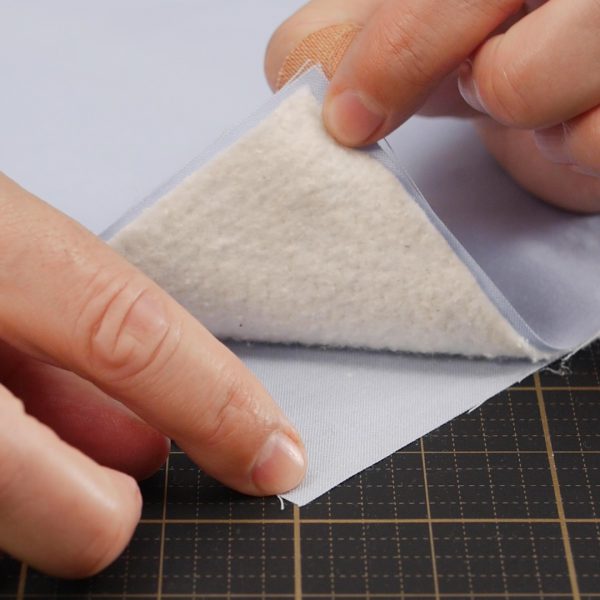
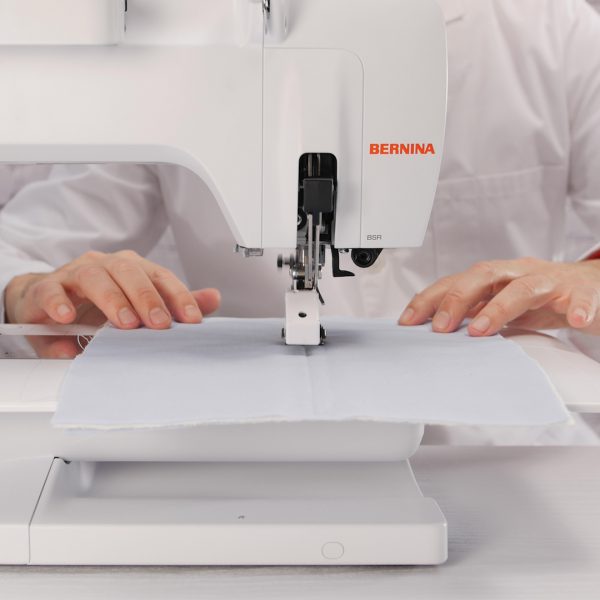
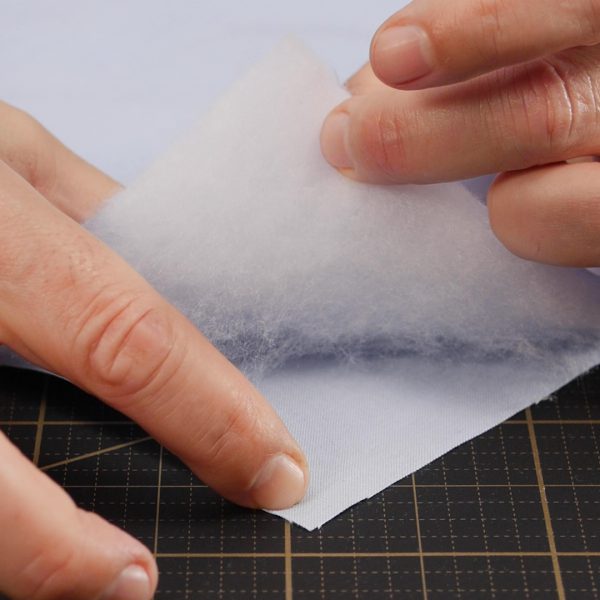
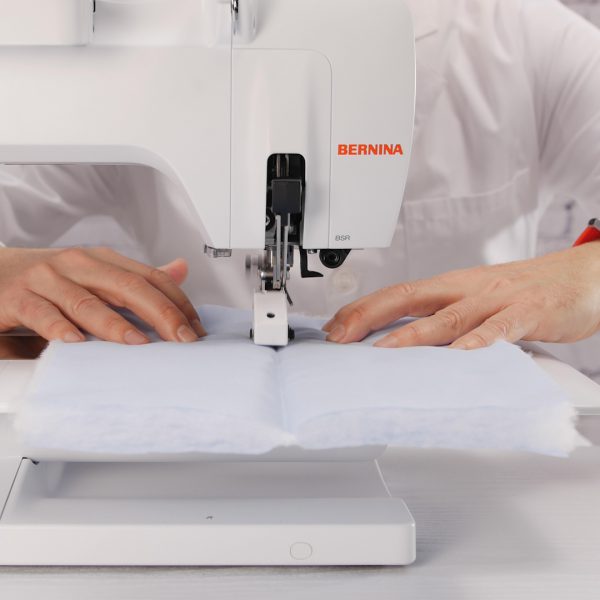
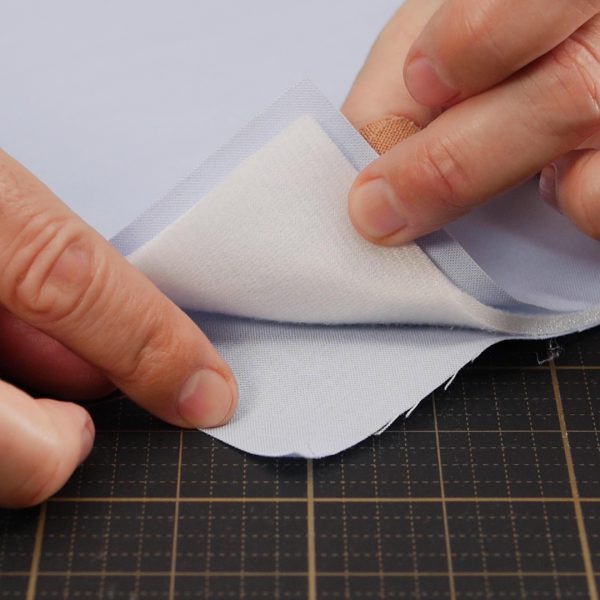
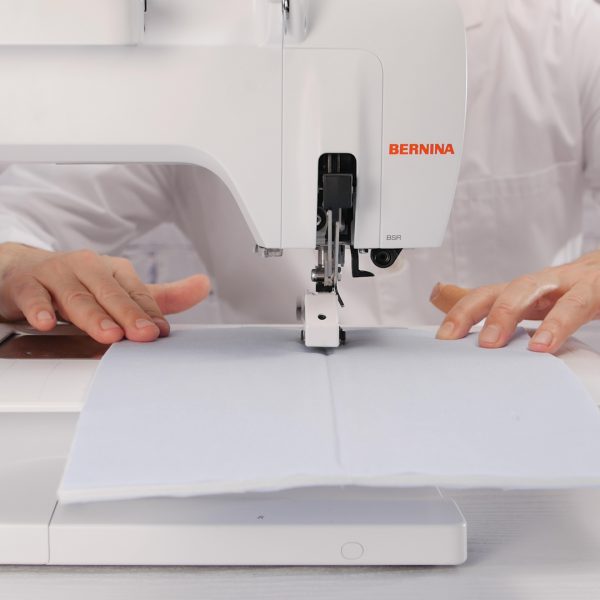
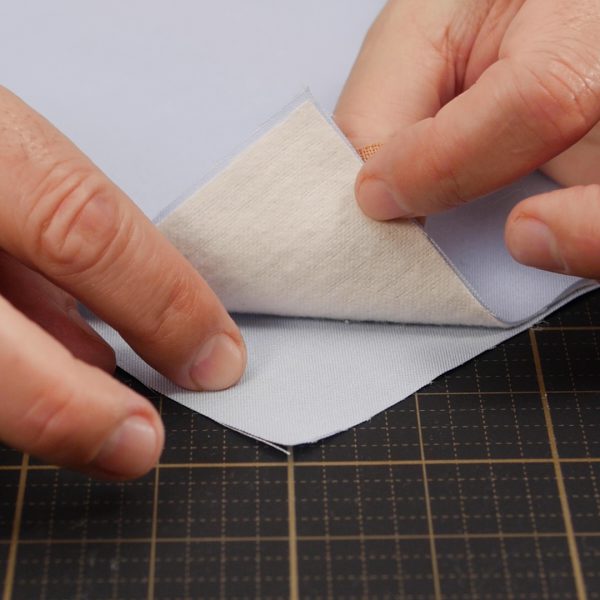
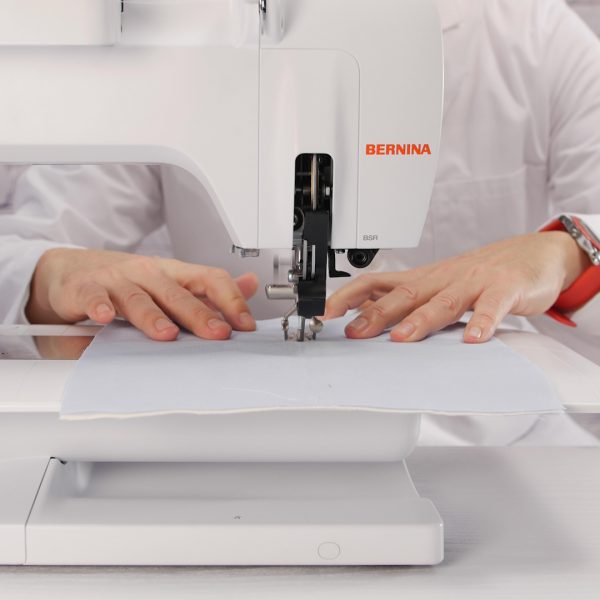
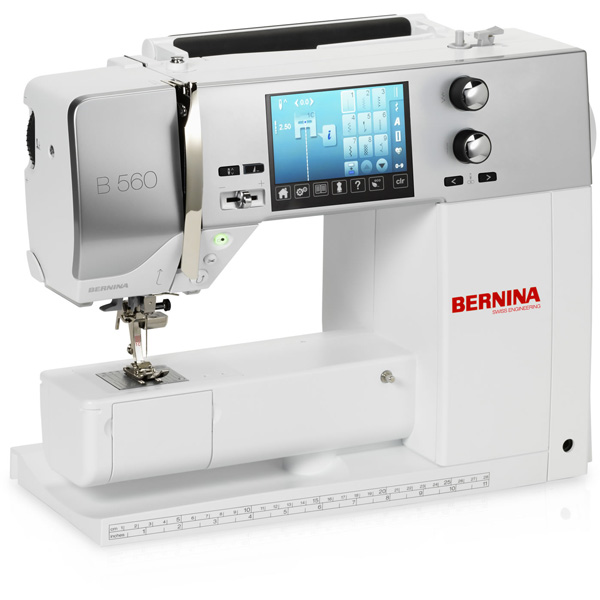
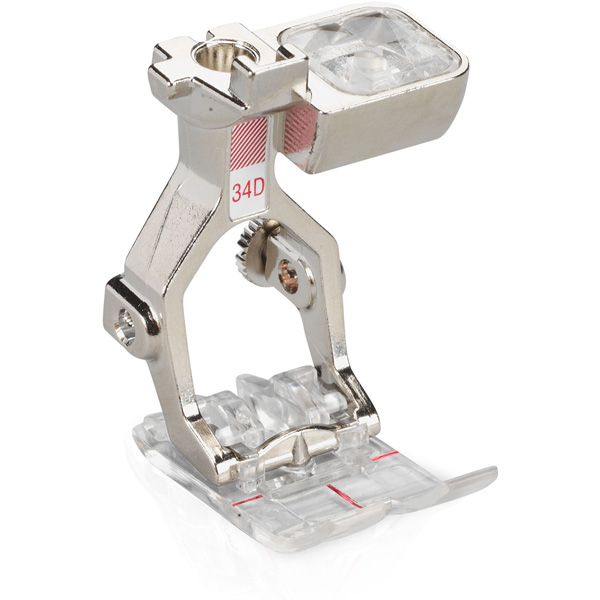
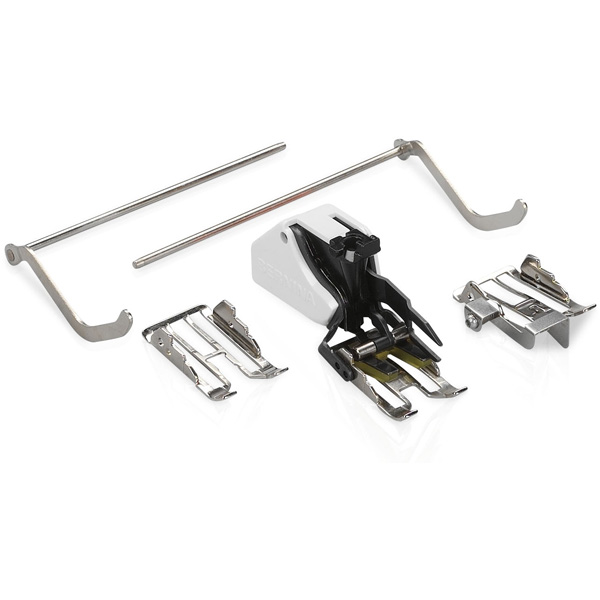
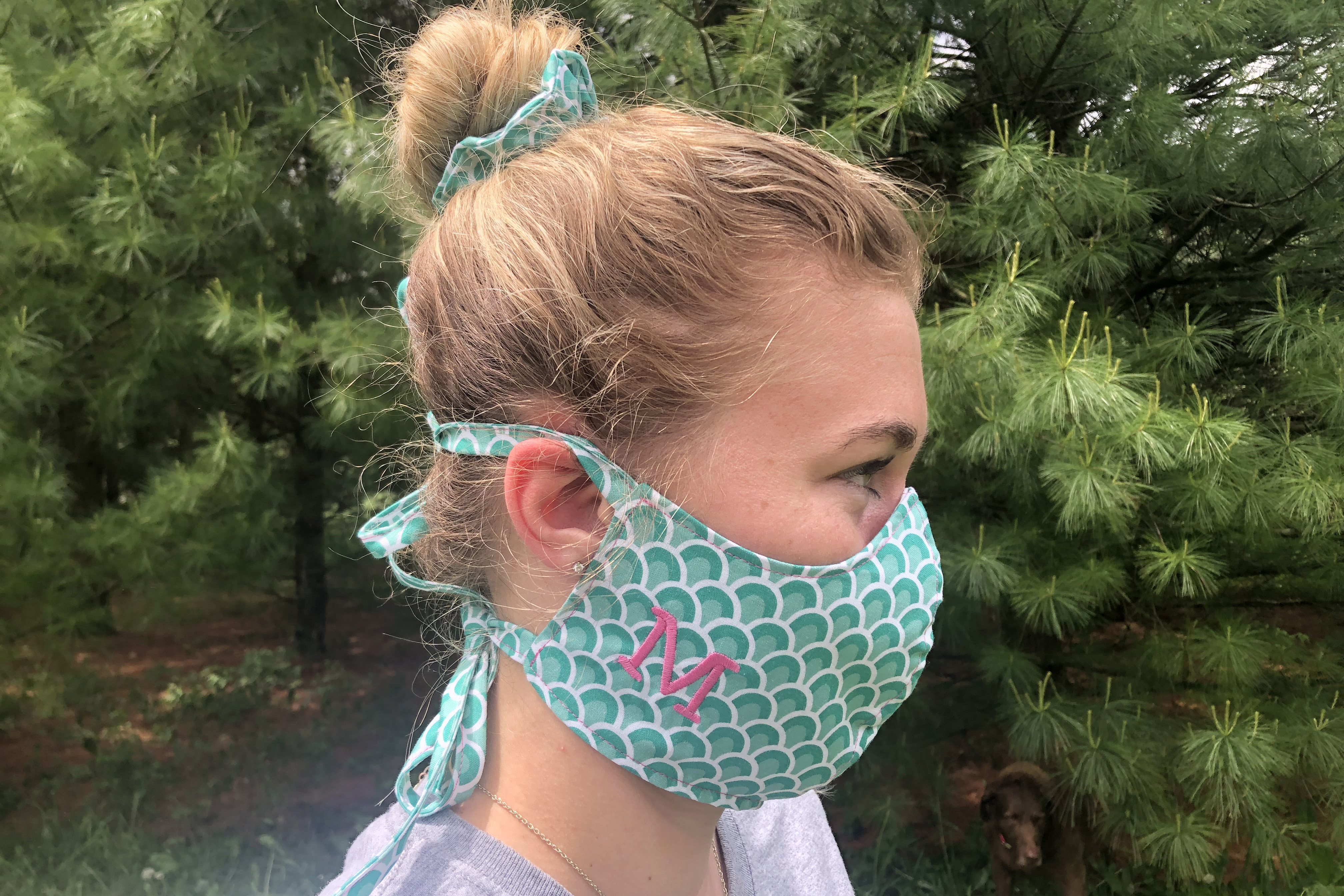
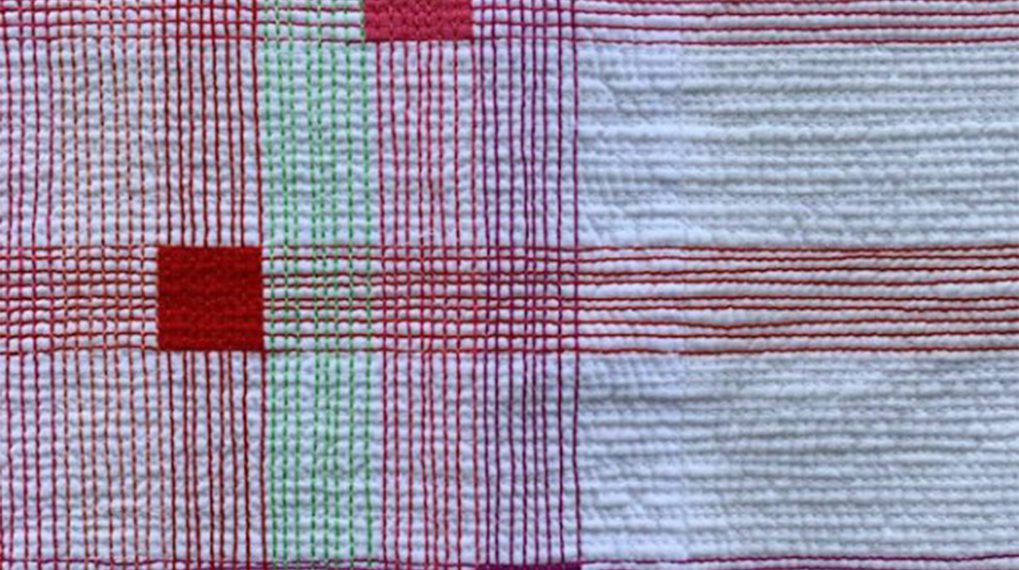
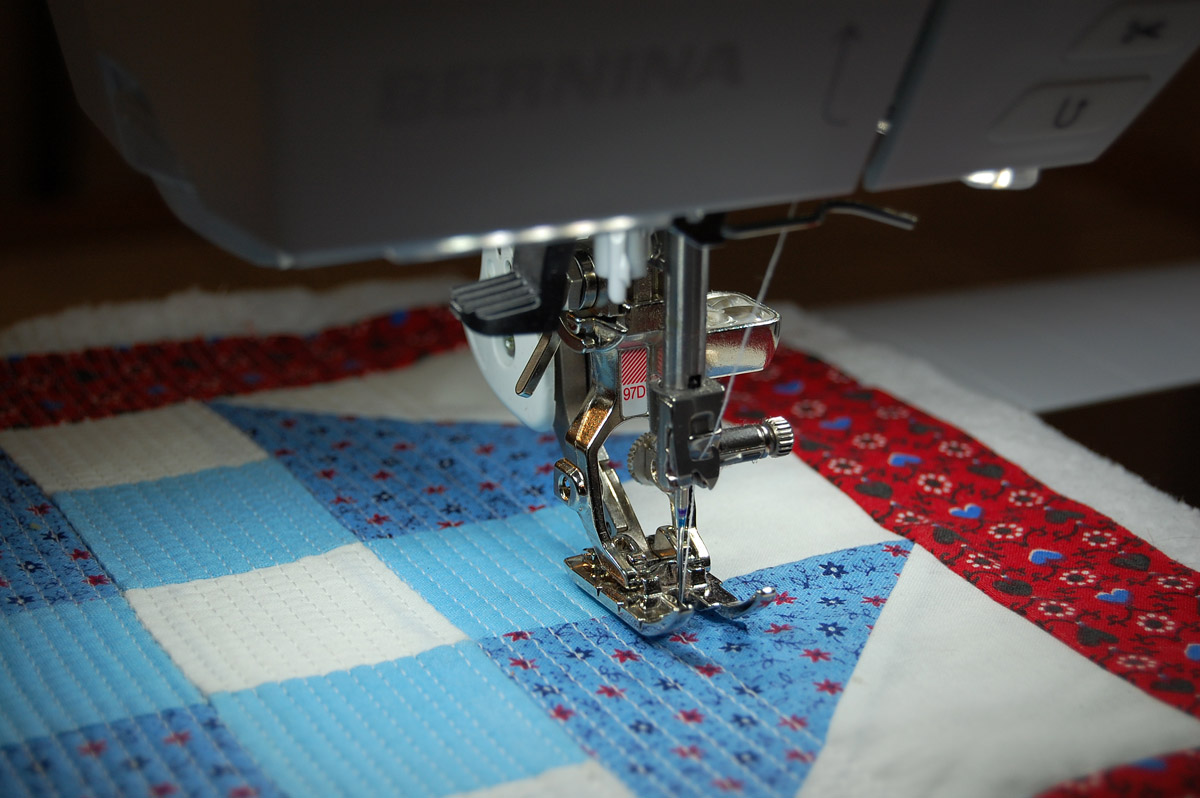
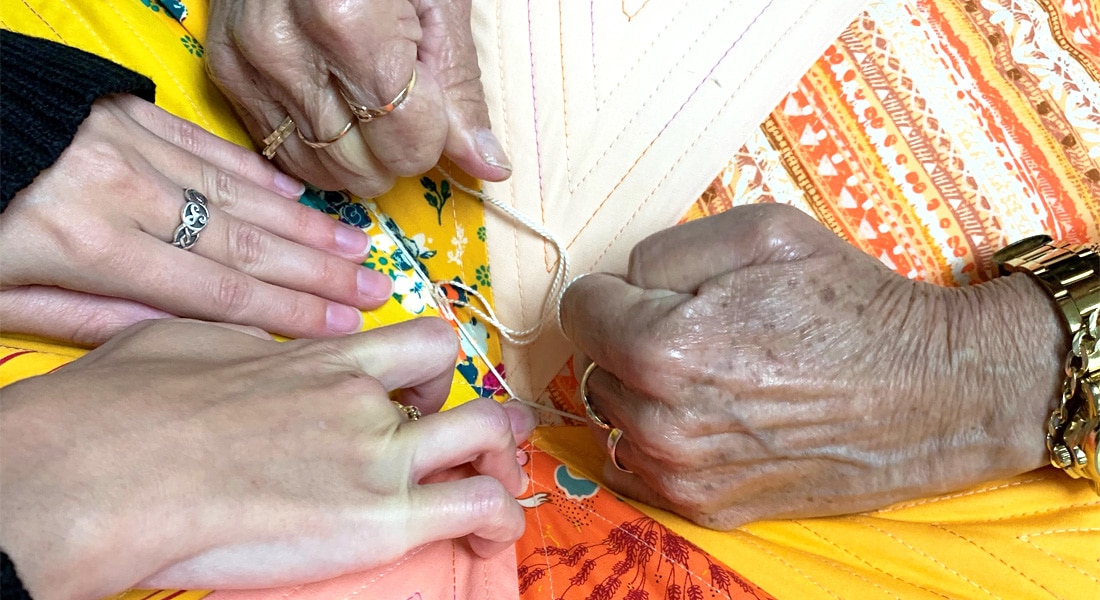
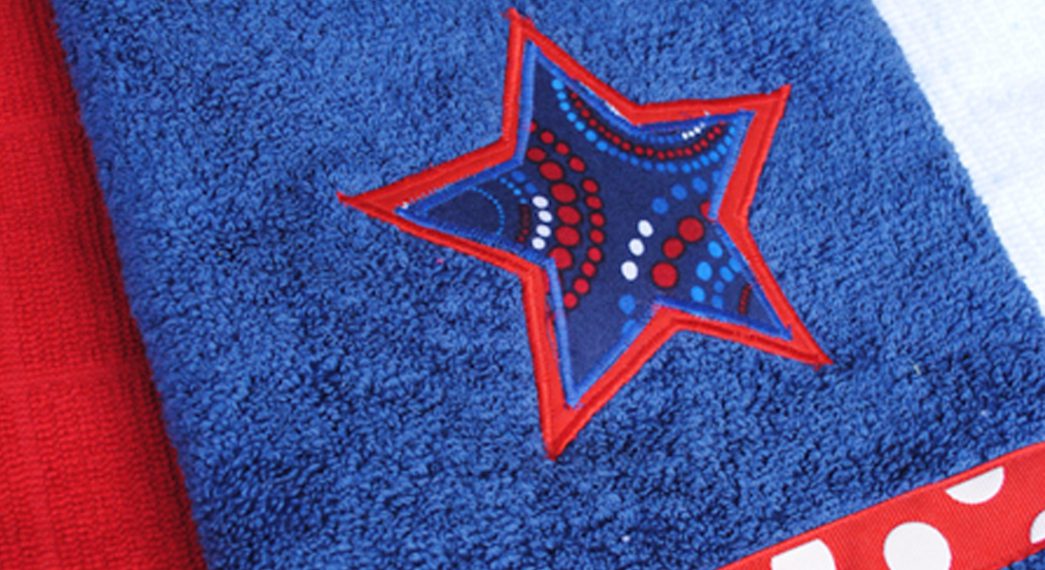
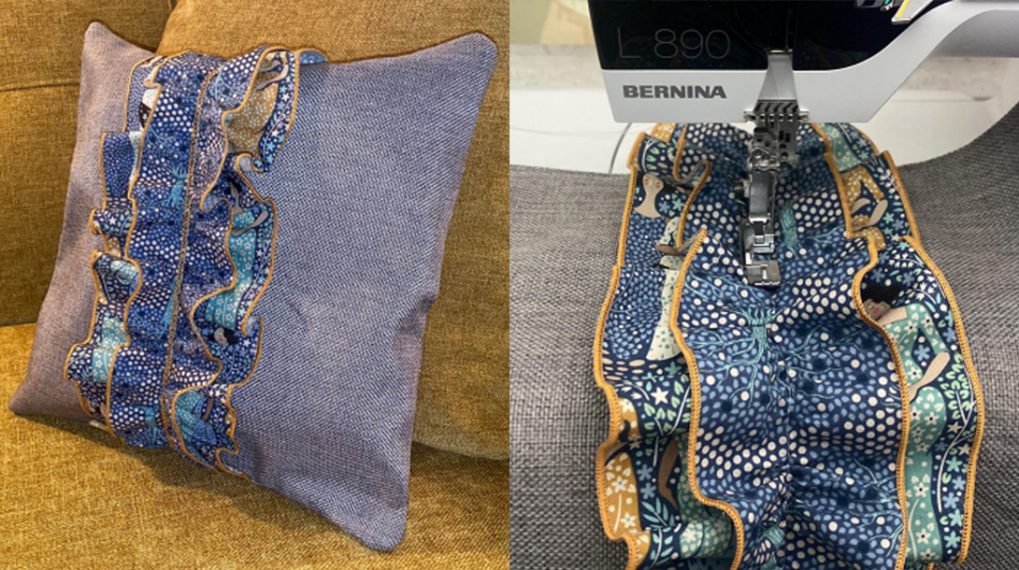
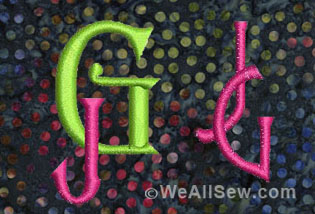
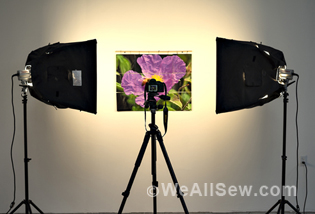
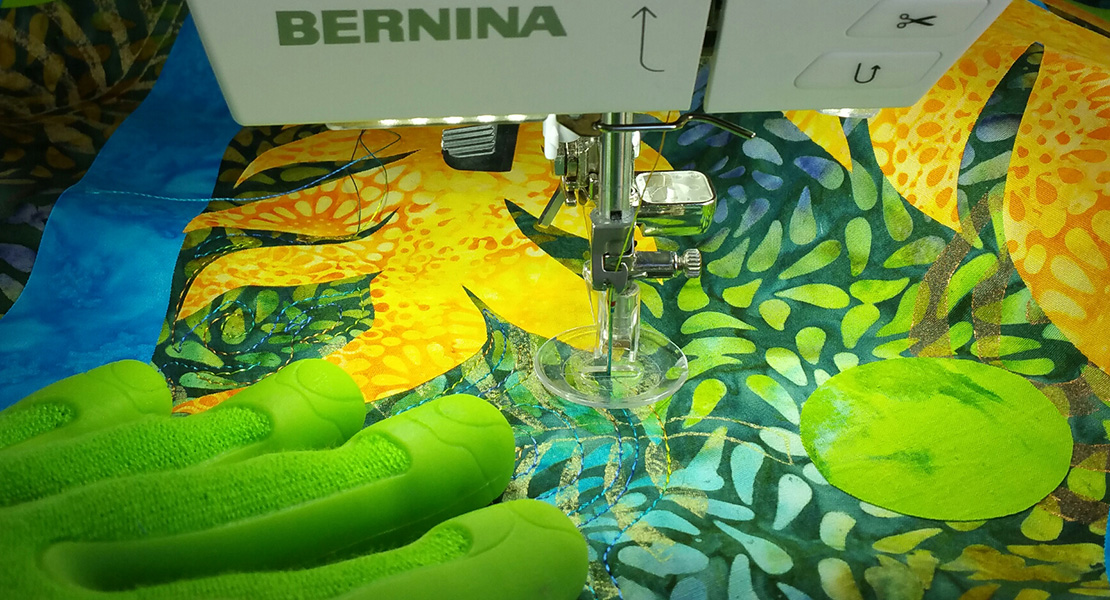
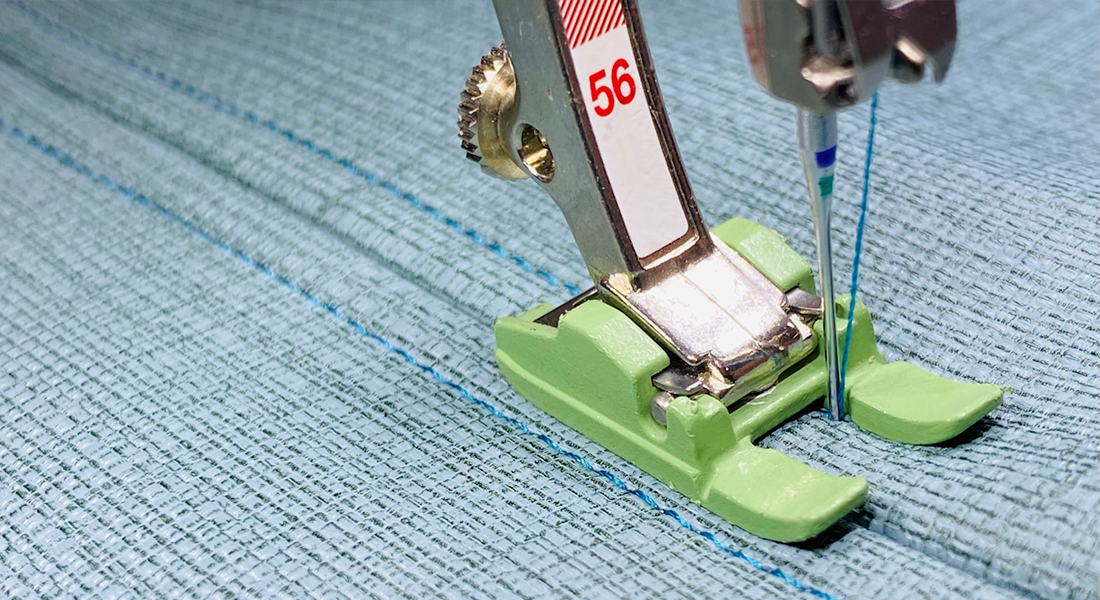
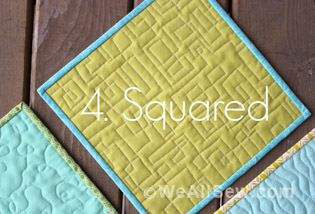
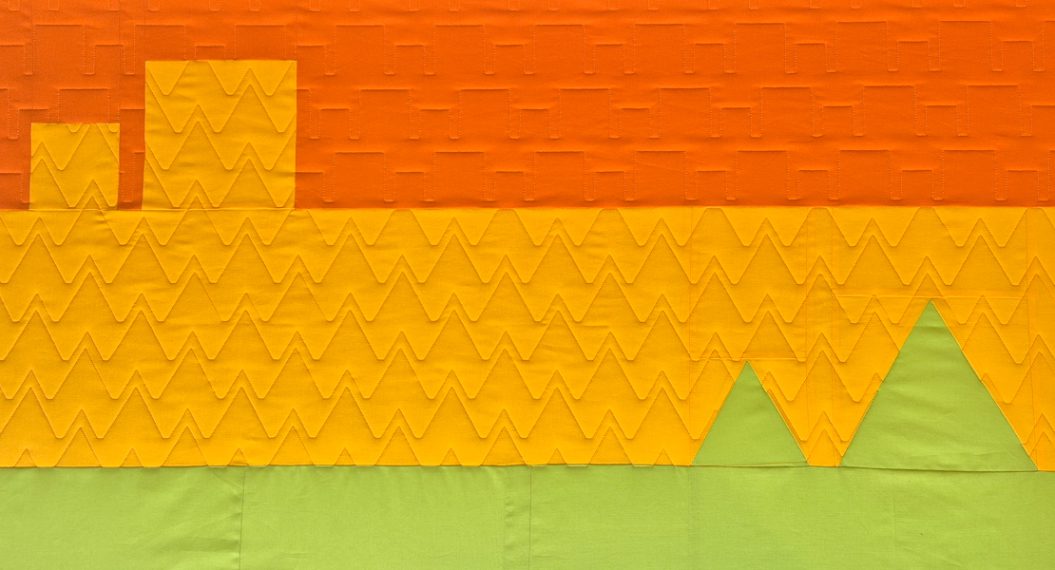
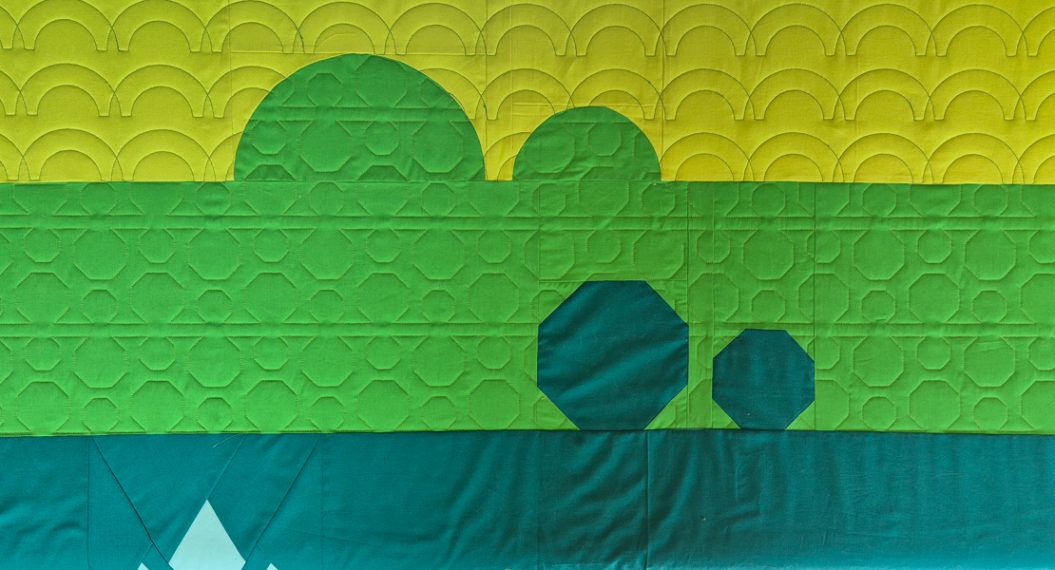
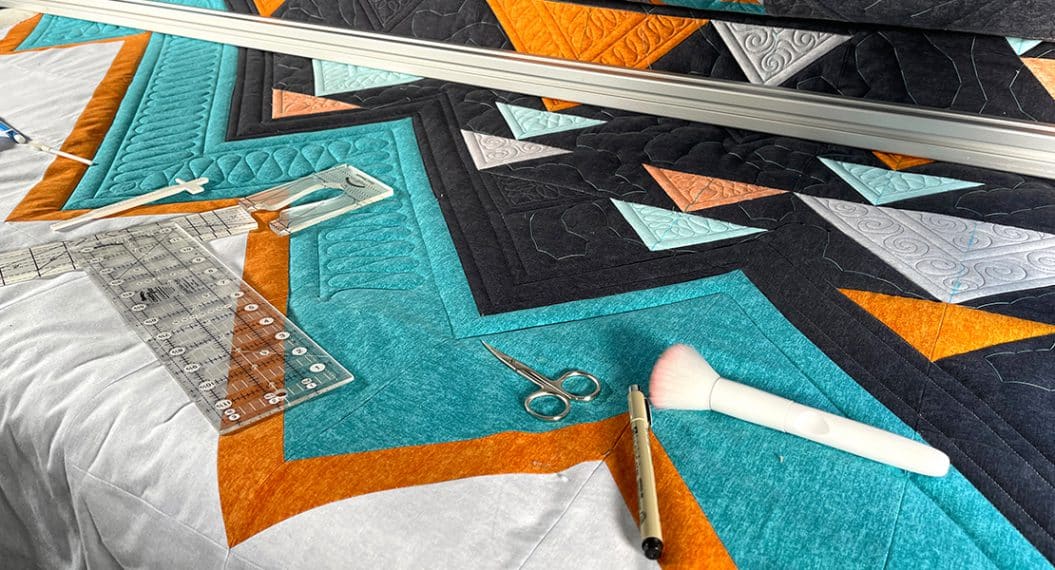
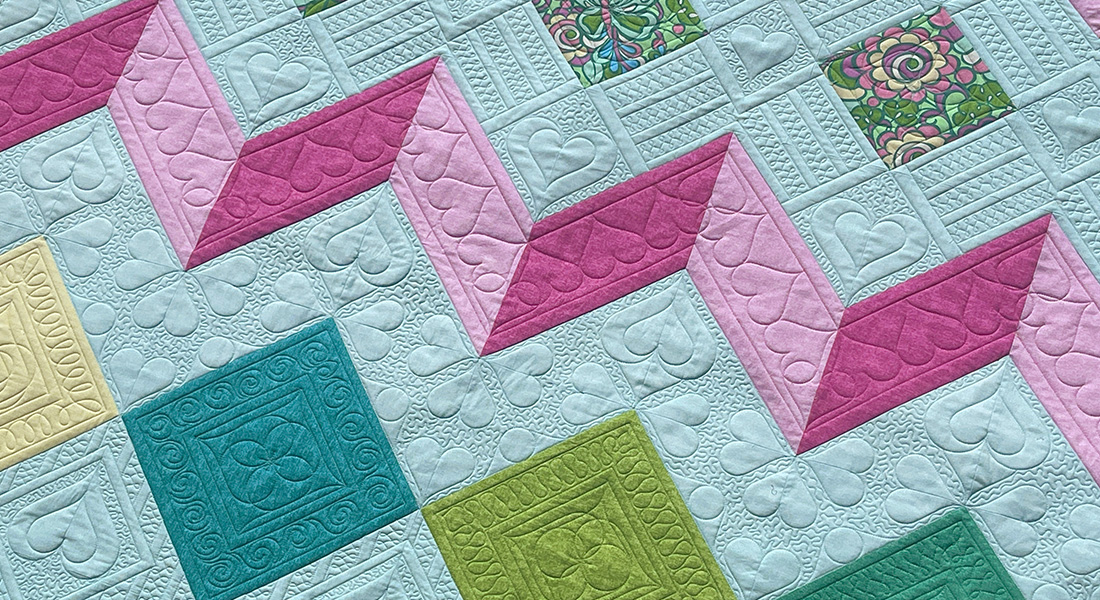
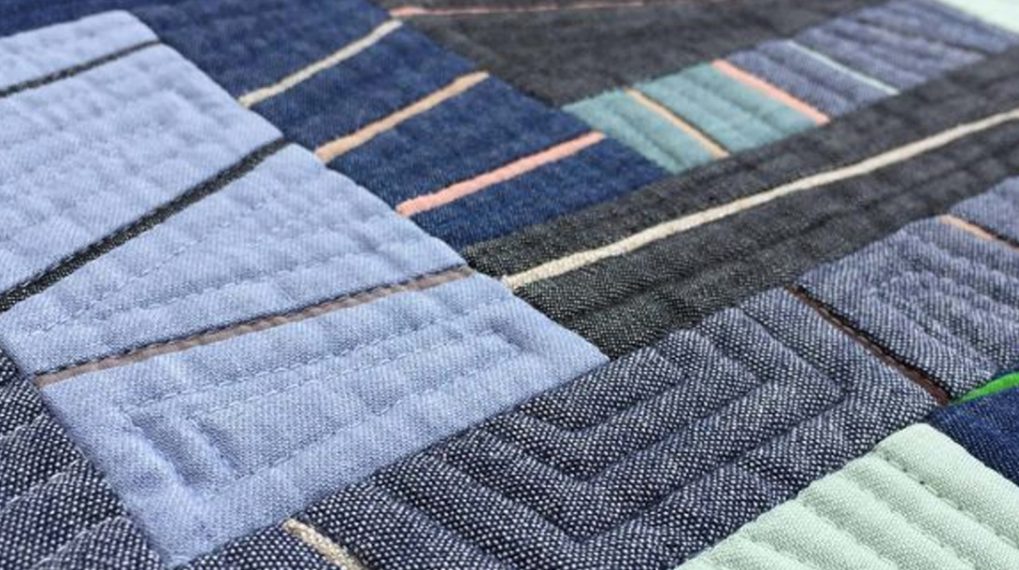
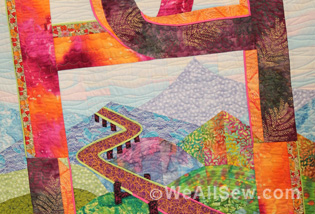
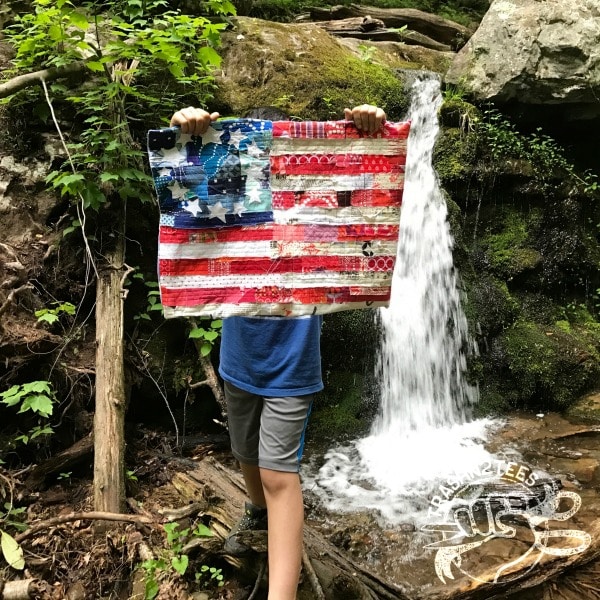
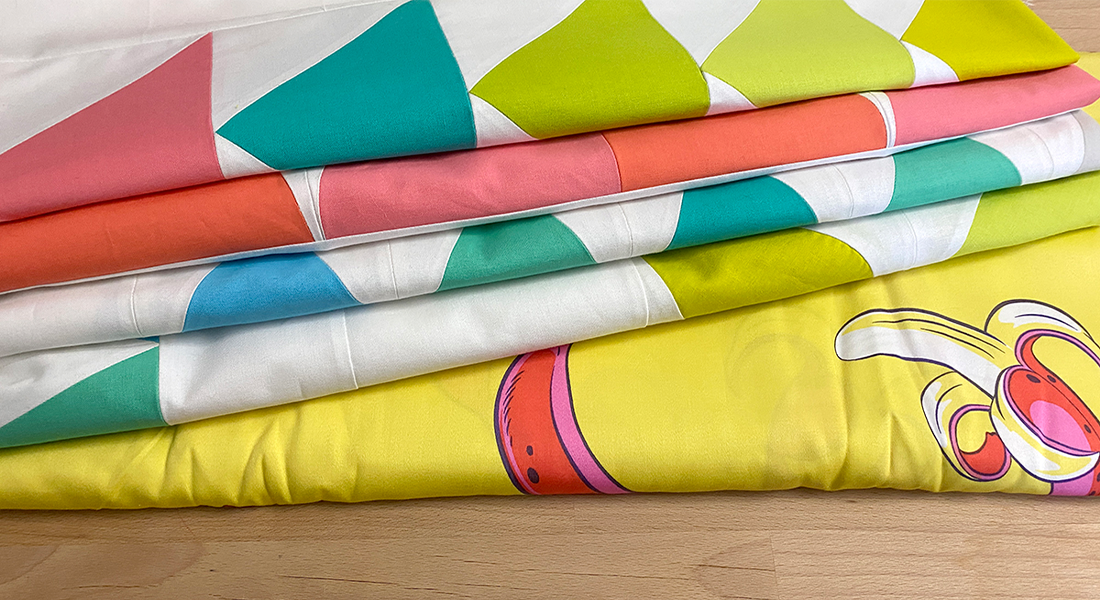
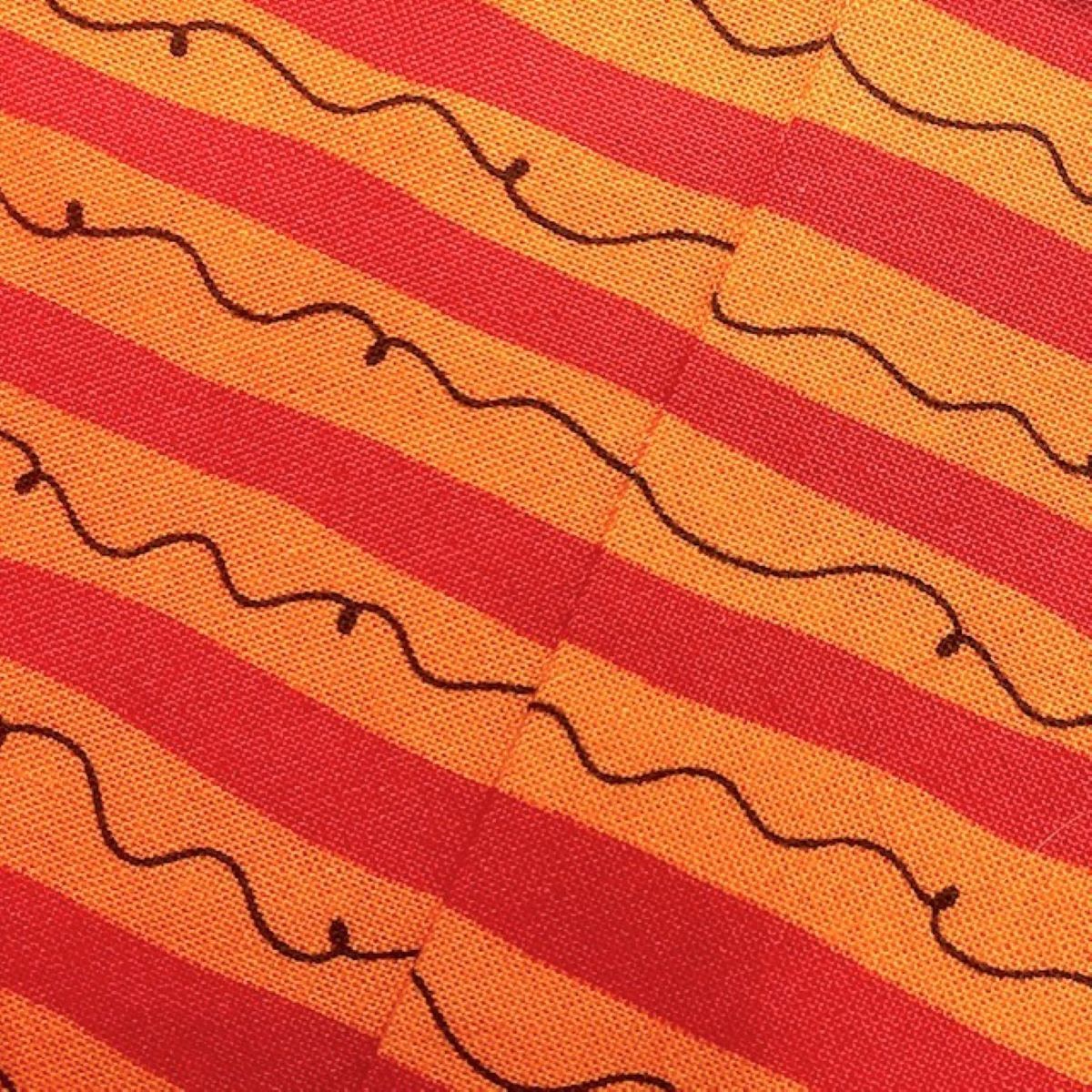
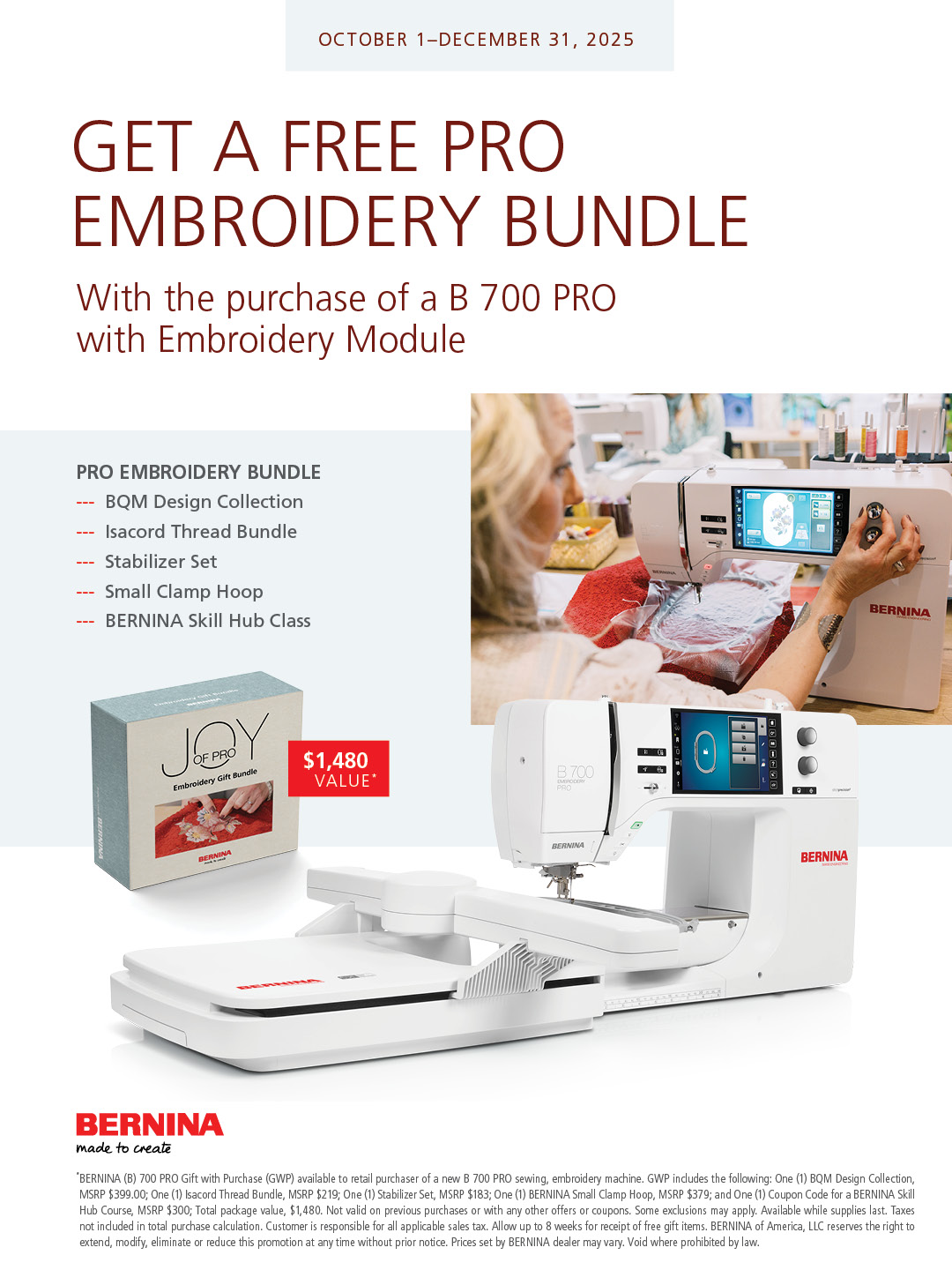
Thanks for the overview. Where do you get “Quilters Flannel” and is there a brand name? Or is it just regular flannel? If the latter, does it need to be prewashed?